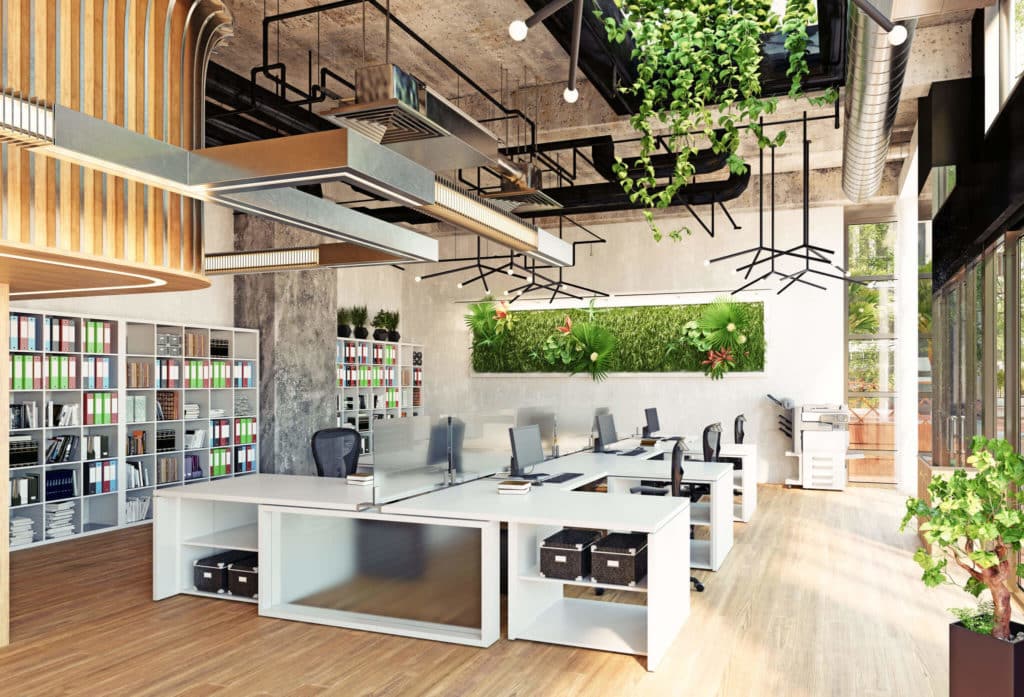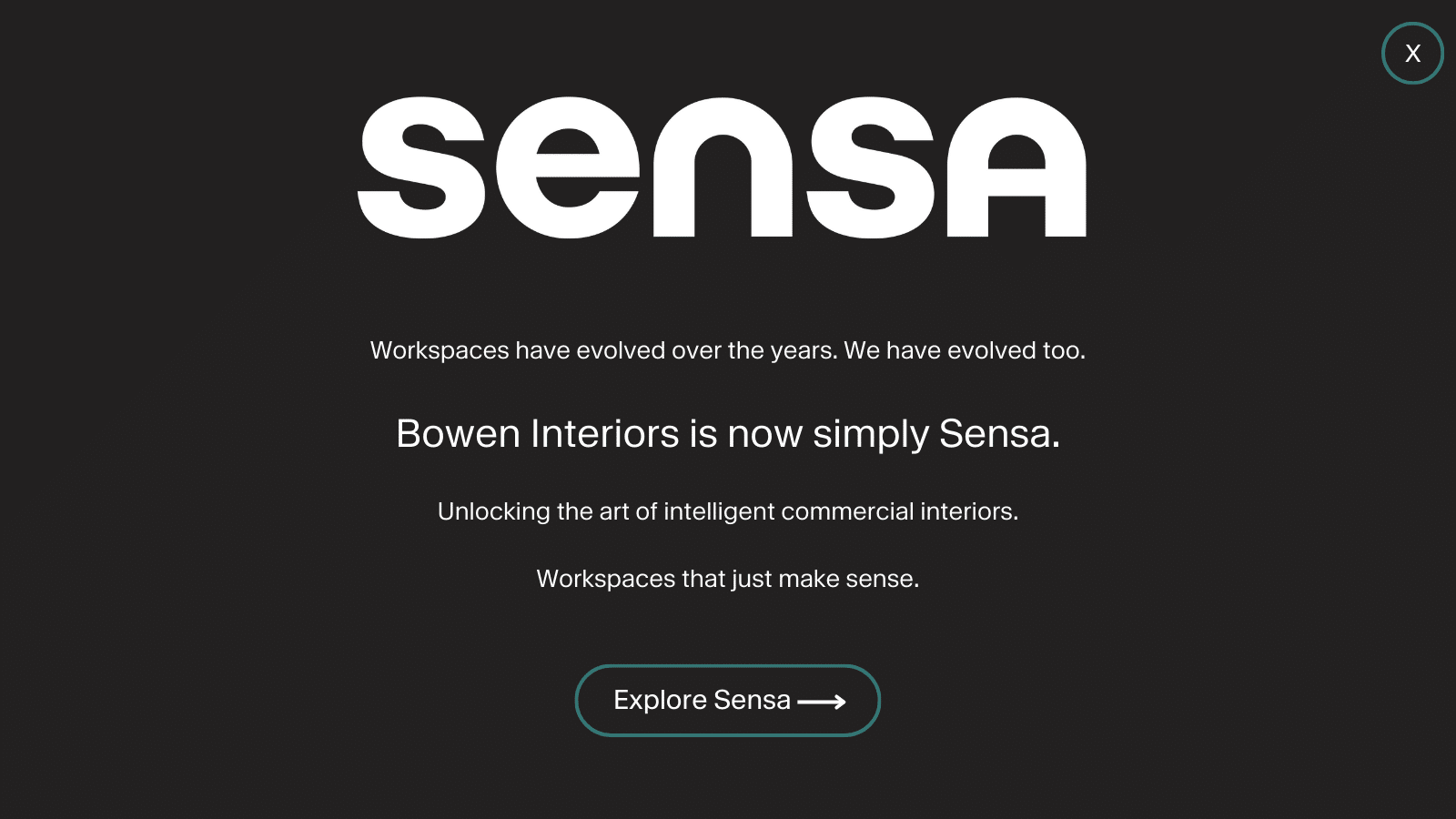Choosing the right type of open plan office design is all about the nature of your business and its requirements.
Here are some of the factors you should take into consideration:
Depending on the type of your business, an open plan office may either be a great or terrible idea. Here’s what you need to keep in mind:
Workflow
Optimising the workflow for your employees is essential for efficiency. Depending on the type of business, you should be able to decide if an open plan office layout makes sense.
For example, if your employees need to use specialised equipment like large monitors, biomedical devices or printers, your office environment should make them easily accessible.
In some situations, a 100% open office plan can make access to equipment a subpar experience, but that doesn’t mean you can’t make it work. In fact, an open plan office may be better for teams that need to use the same office equipment at the same time, but you can consider half partitions instead of the standard open office layouts in that case.
Again, it’s all about creating an optimised workflow, so go for whatever works for your industry.
Business Location
Your business’ location and commercial real-estate prices in the region can determine whether an open plan office is worth it.
The open office floor plan requires a large space to be effective. In some locations in Australia, leasing a commercial property that’s suitable for open plan layouts can be expensive, especially if you’re still starting out.
In that case, you’re better off opting for a workspace with separate offices. An open plan layout in a small area is a big no since this will magnify the noise and privacy issues of open plan offices.
You should also consider whether remote work will be allowed, or even encouraged, at your company. For example, if you only need half of your workforce to be present in the office on any given day, a smaller area might work well for an open plan office.
Privacy
Do your employees need to work in private offices?
In many industries, particularly those with face-to-face employee-client communications, private offices are essential.
In that case, privacy is more of a legal requirement than a luxury, so an open plan office won’t make sense here.
Other than that, you can implement an open plan office layout without having any privacy concerns.







